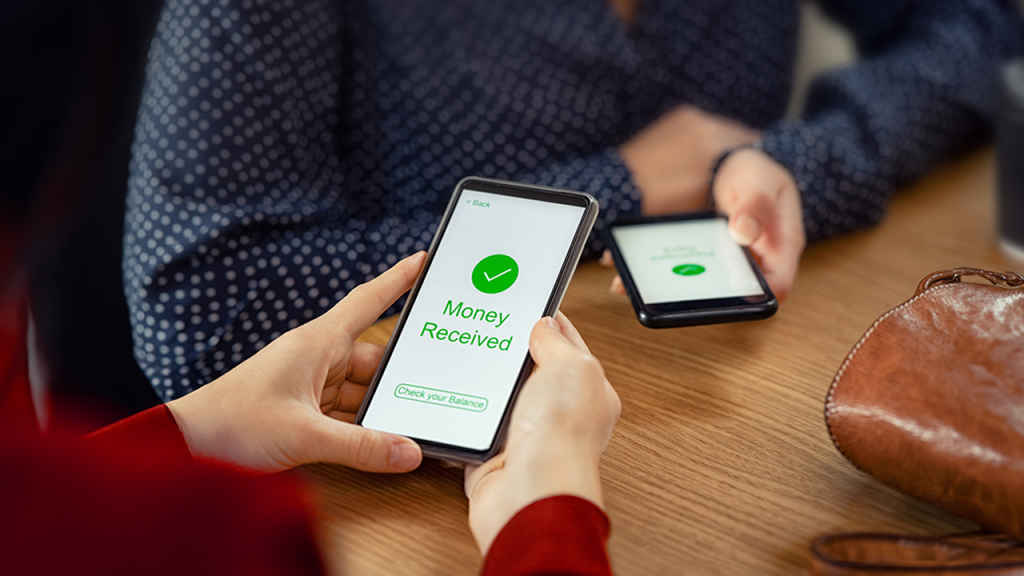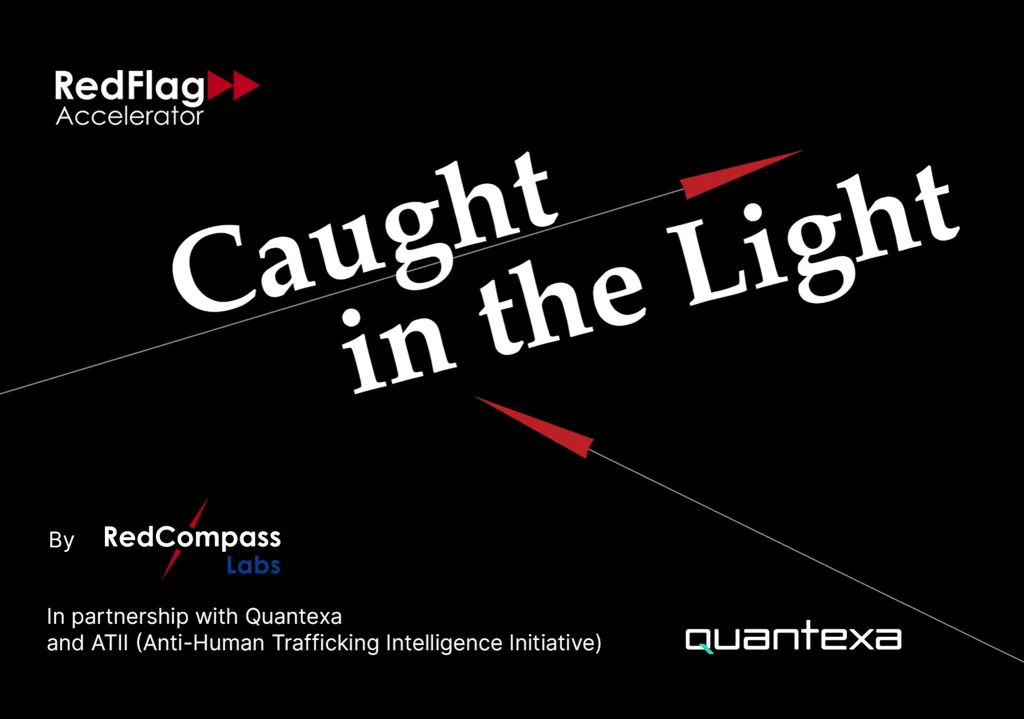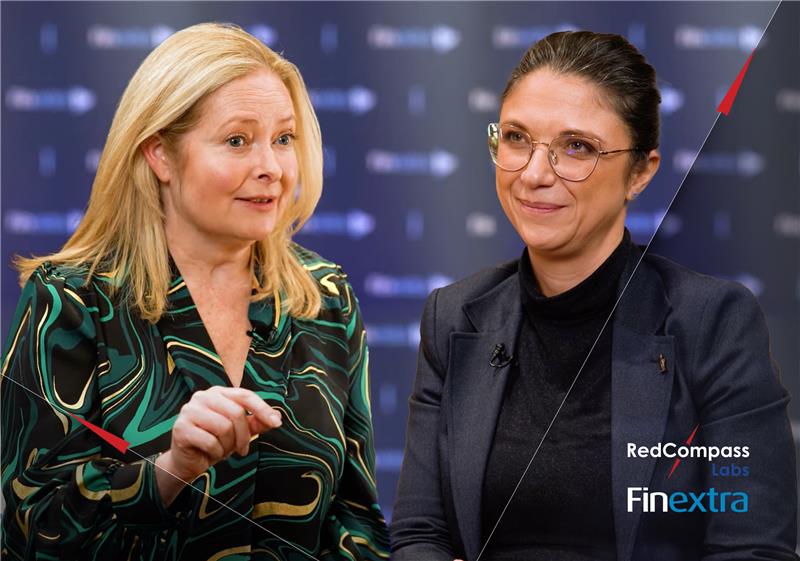What are Person-to-Business (P2B) Instant Payments?
In a world where everyone can make instant payments to family or friends with just a few taps on their smartphone, the way we pay businesses for goods and services is also undergoing a dramatic change. Instant payments are incredibly fast and convenient, so offer a compelling new way for businesses to collect money.
But why are instant payments interesting in the person-to-business use case? How is P2B taking off in different regions and emerging economies such as India and Brazil? And how can banks do this effectively?
The business drivers behind P2B Instant Payments
There are three key business drivers behind person-to-business instant payments.
Firstly, they improve working capital. Traditional ACH, low-value payments often take 2-3 days to process; this is too slow! If businesses can convince their customer to switch over to instant payment methods, they get their money faster, meaning they can re-invest in their businesses faster, and grow their business faster.
Secondly, they help reduce cash fraud. In developing markets there is a high risk associated with cash. If you are a street vendor, for example, you run the risk that someone mugs you on the way home and takes your day takings; instant payments alleviate that risk. In addition, cash is not free! When dealing with cash as a business, you have to consider security investments, such as transport and storage, to keep your cash safe. Emerging economies such as India and Brazil are prime use cases where cash can have a high price.
And finally, instant payments are much cheaper than traditional card rails such as Visa and Mastercard. With high interchange fees, we see a trend emerging of merchants trying to push their clients away from card rails and incentivising their customers directly to use alternative payment methods (such as instant payments). However, this isn’t without challenges. It’s not easy to grow a network the size and scale of Visa and Mastercard, especially without the concept of interchange and ease of use like request to pay. In Europe, initiatives such as the EPI (European Payment Initiative) are attempting to tackle this by building a card-like scheme on top of instant payment rails, as well as adapting some of the things that exist in the card world, such as interchange and chargeback processes.
Despite all P2B’s strengths and significant potential, there are still big hurdles to overcome, especially around technical infrastructure and standardisation, not to mention how to combat fraud and security. It’s why interoperability is so important to truly unlock frictionless, instant payments for all.
Ultimately, we can look to India to see what’s possible for P2B payments – it’s better for consumers, businesses, and the banks themselves, making it a win-win situation for all.
Check out all the episodes of Instant Payments in 100 Seconds:
Share this post
Written by

Pratiksha Pathak
Head of Payments Services
Resources





